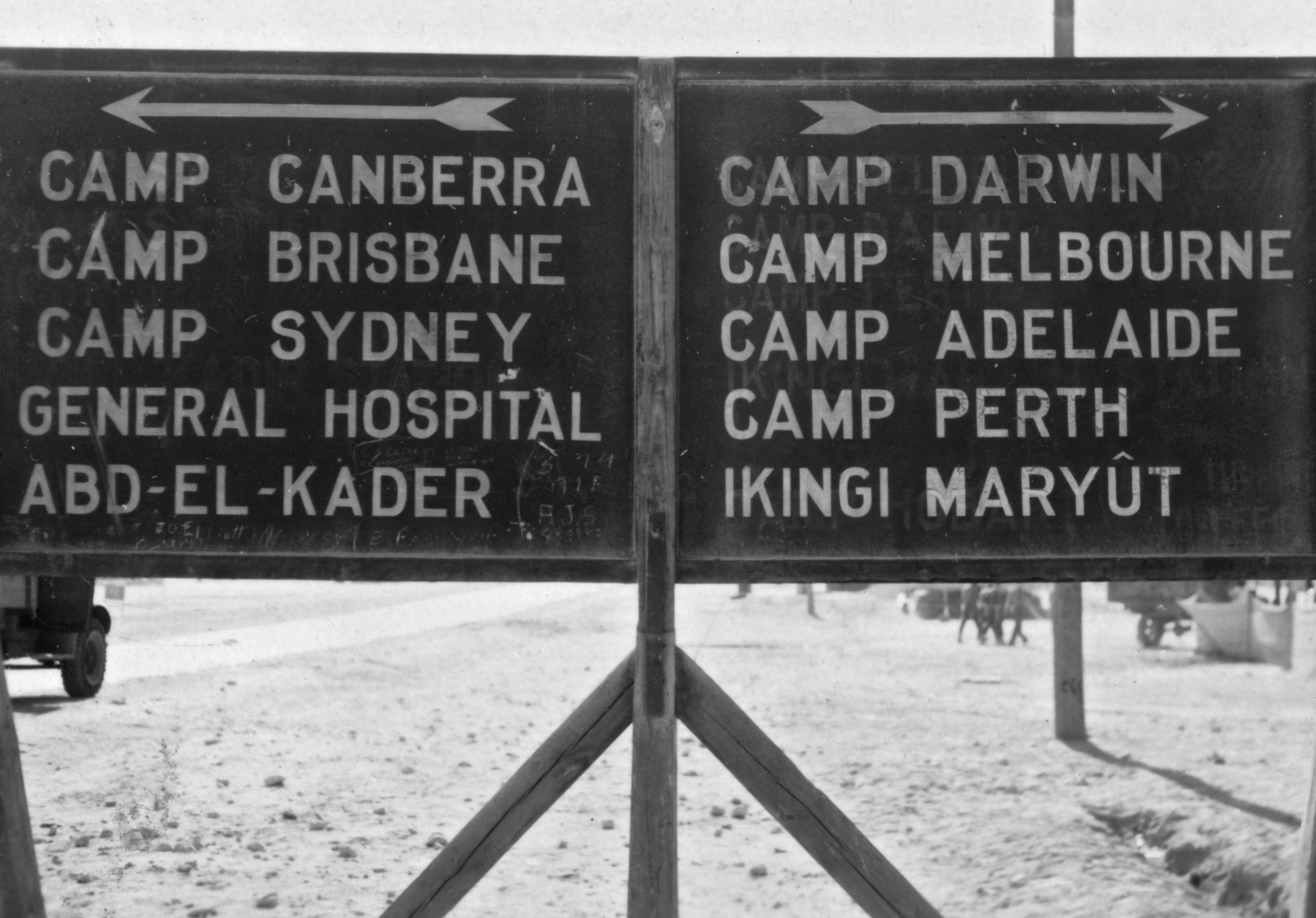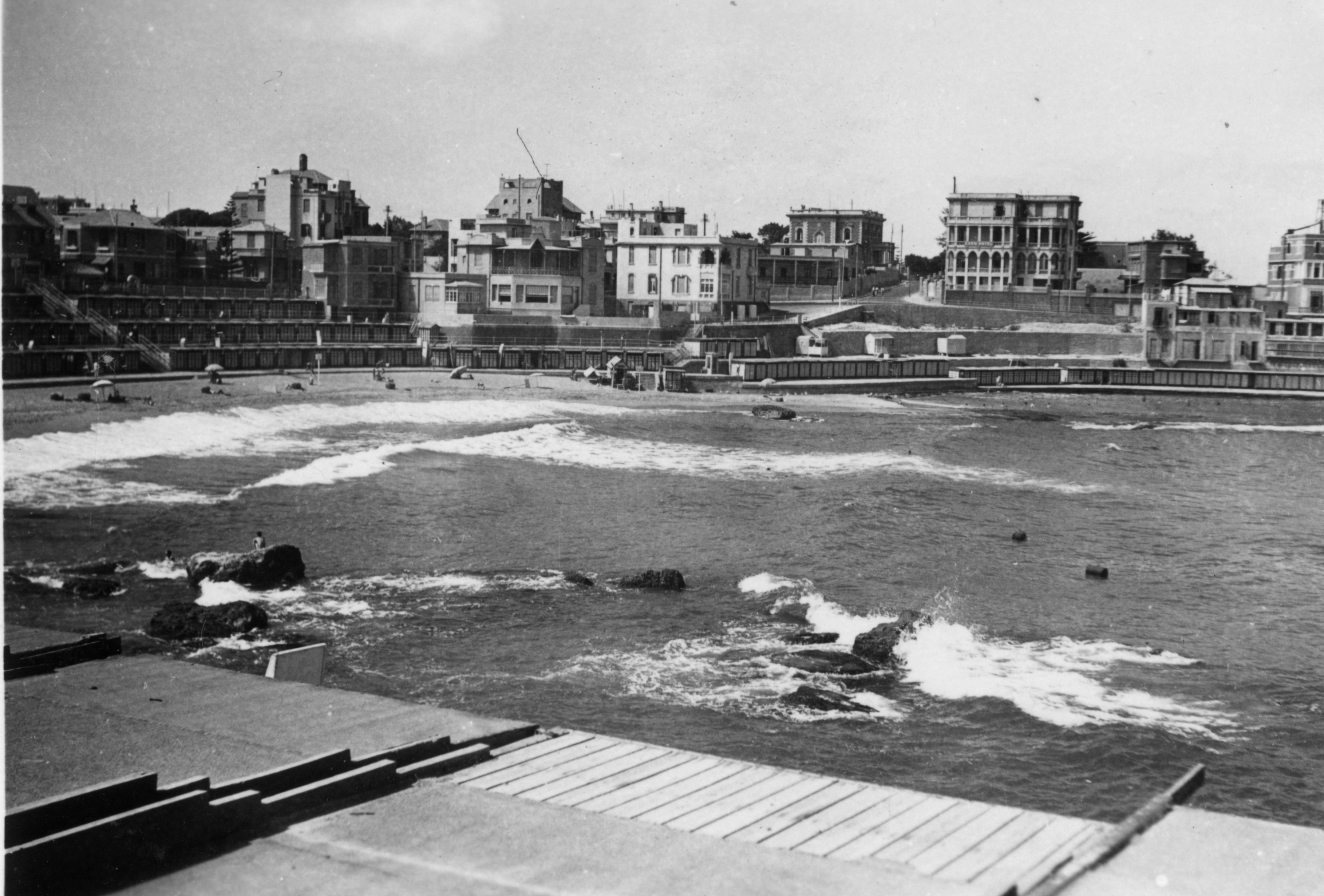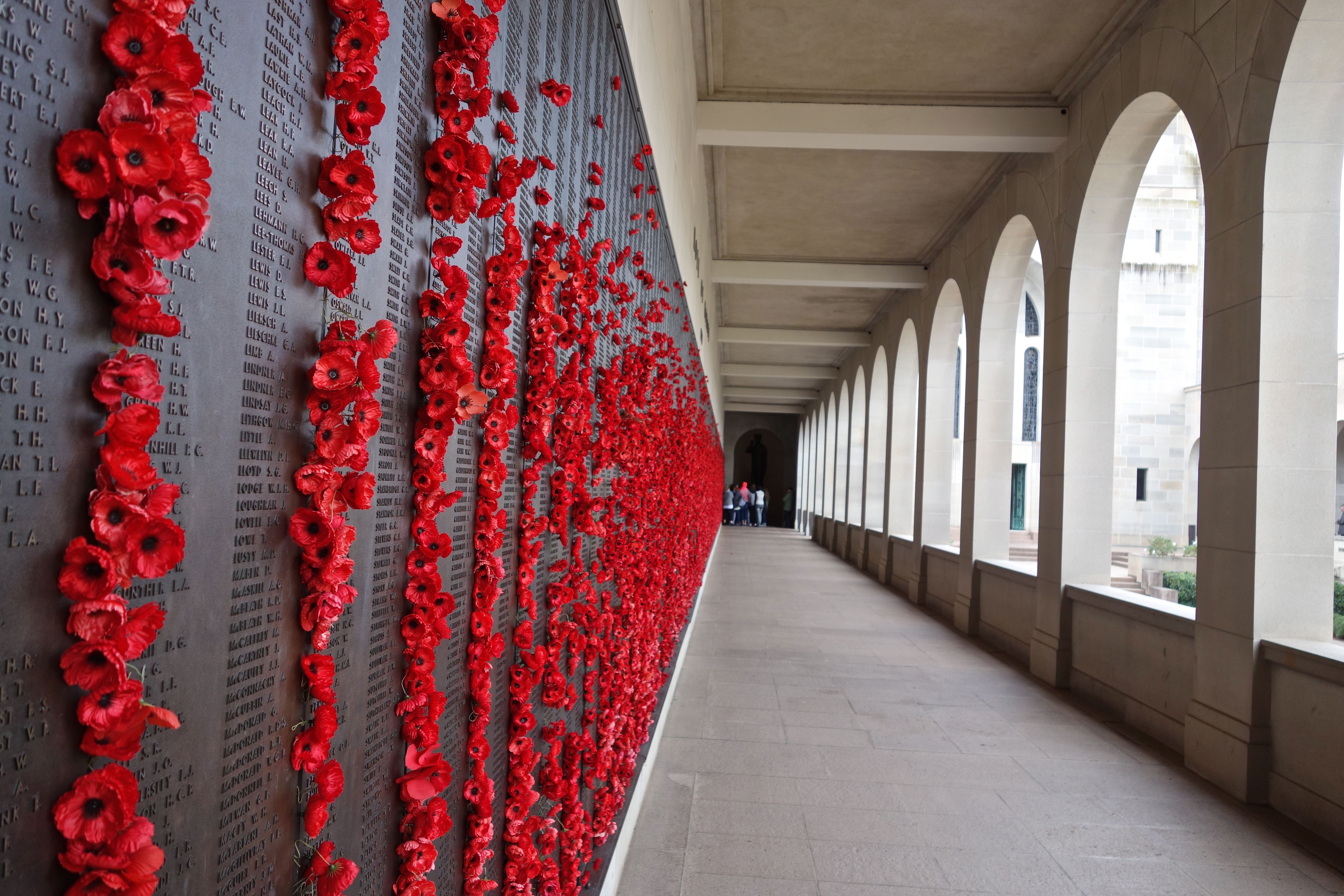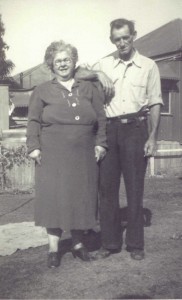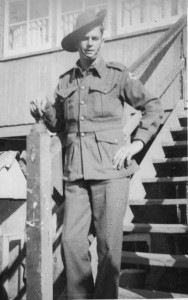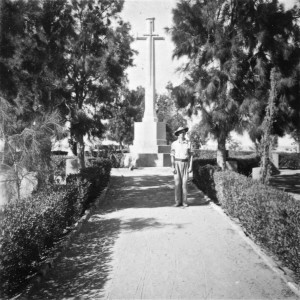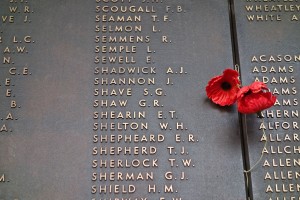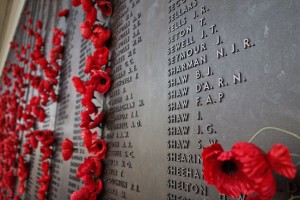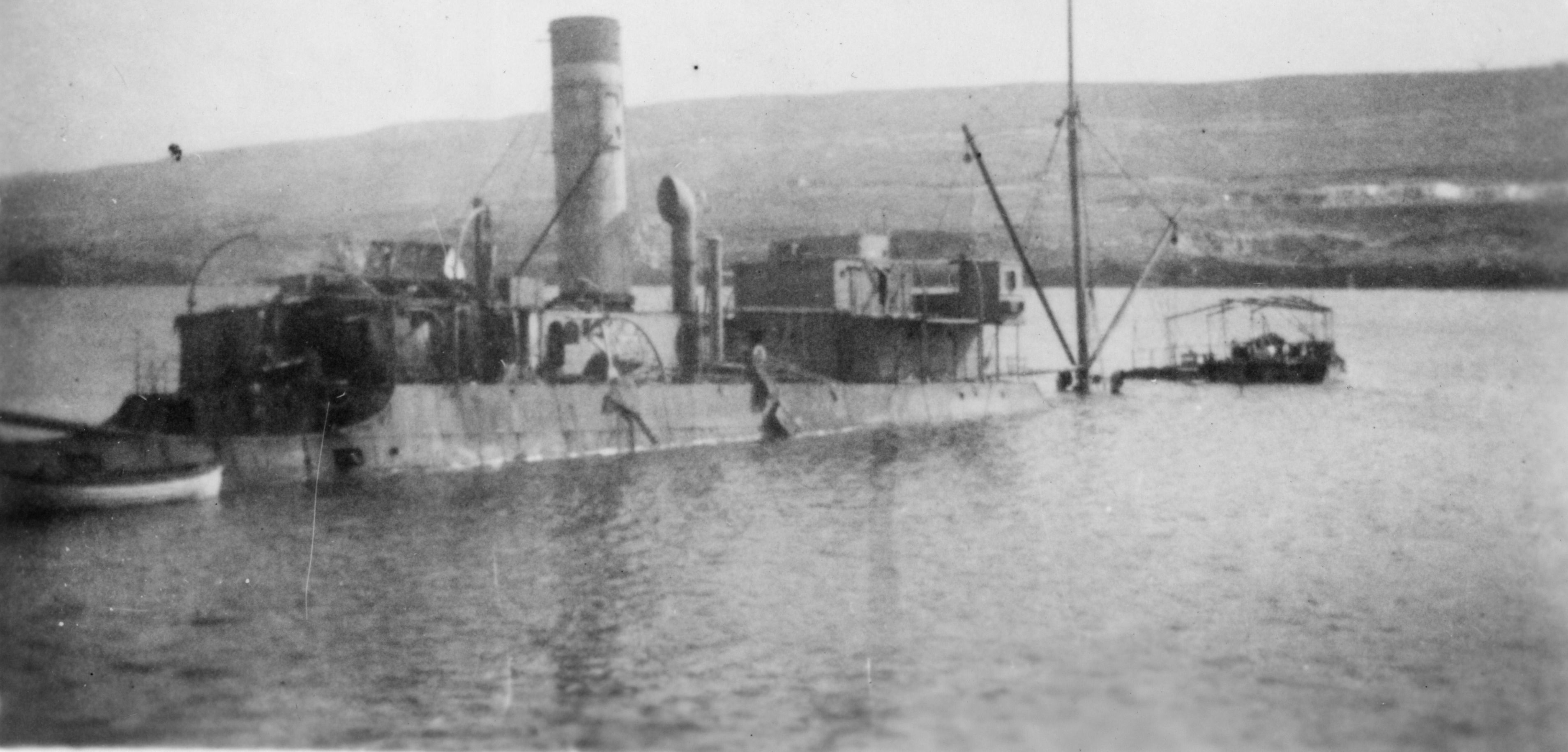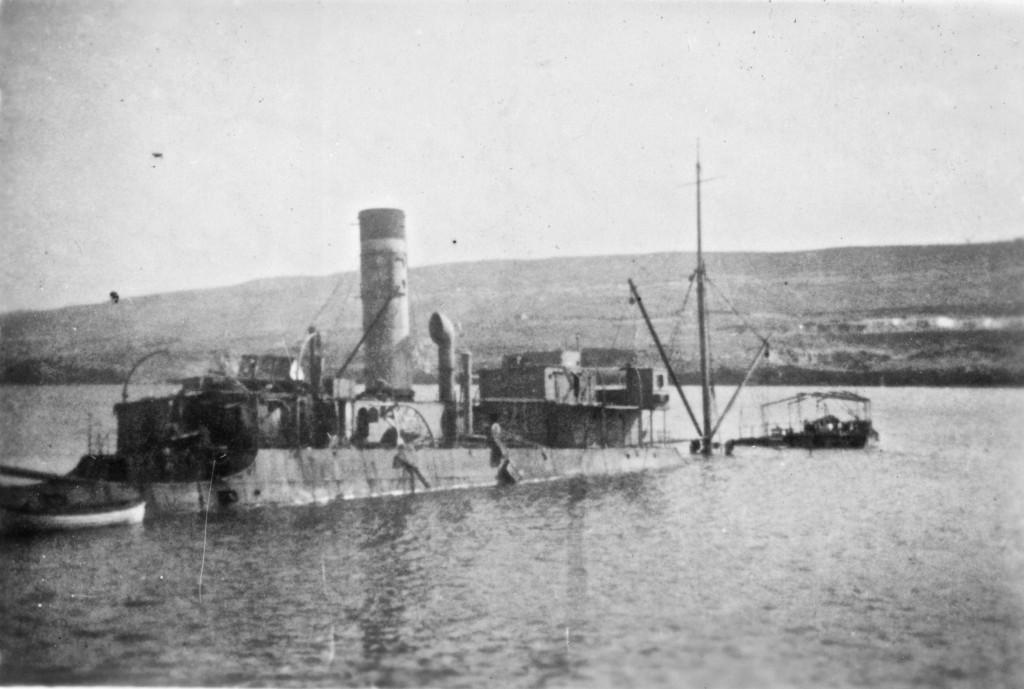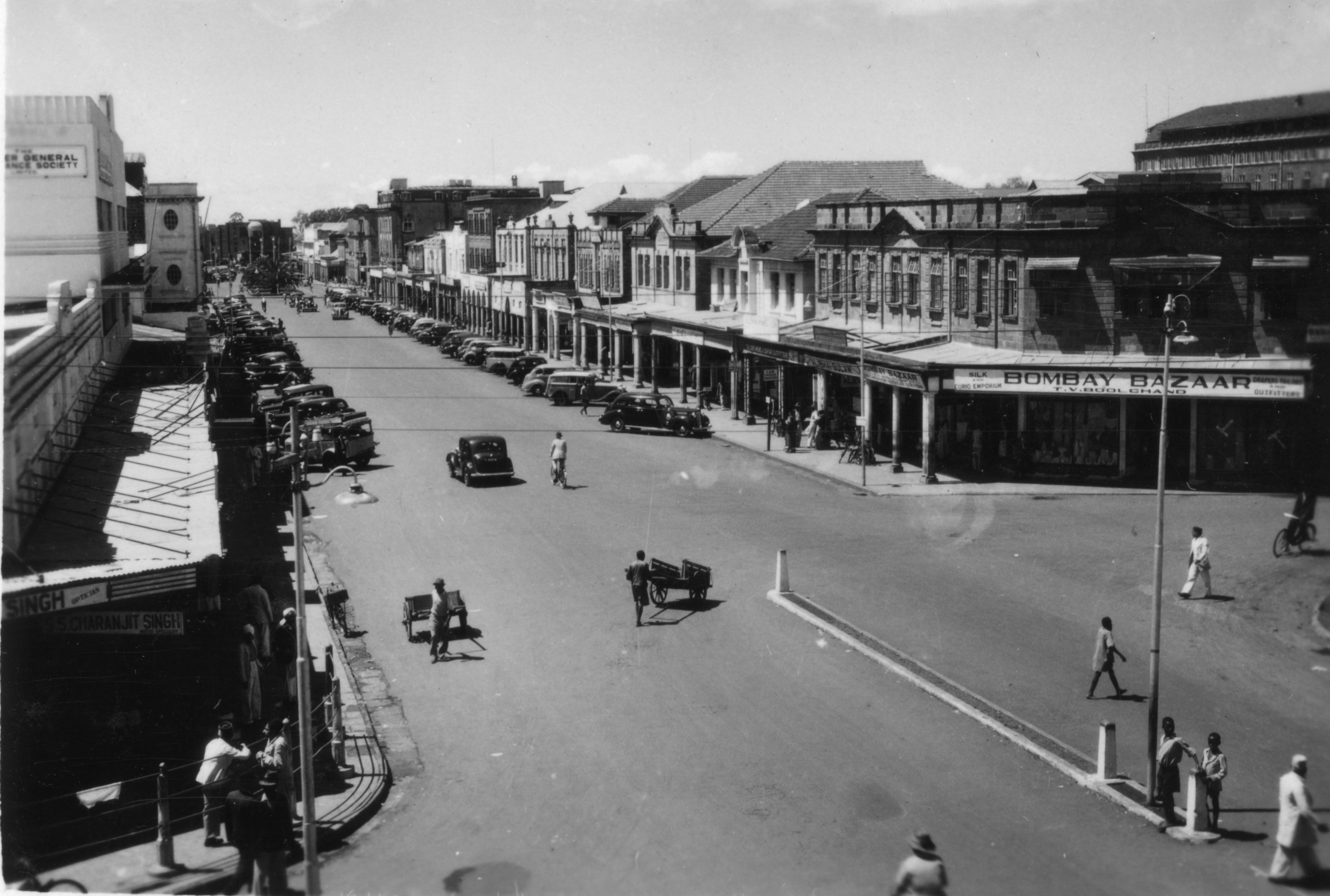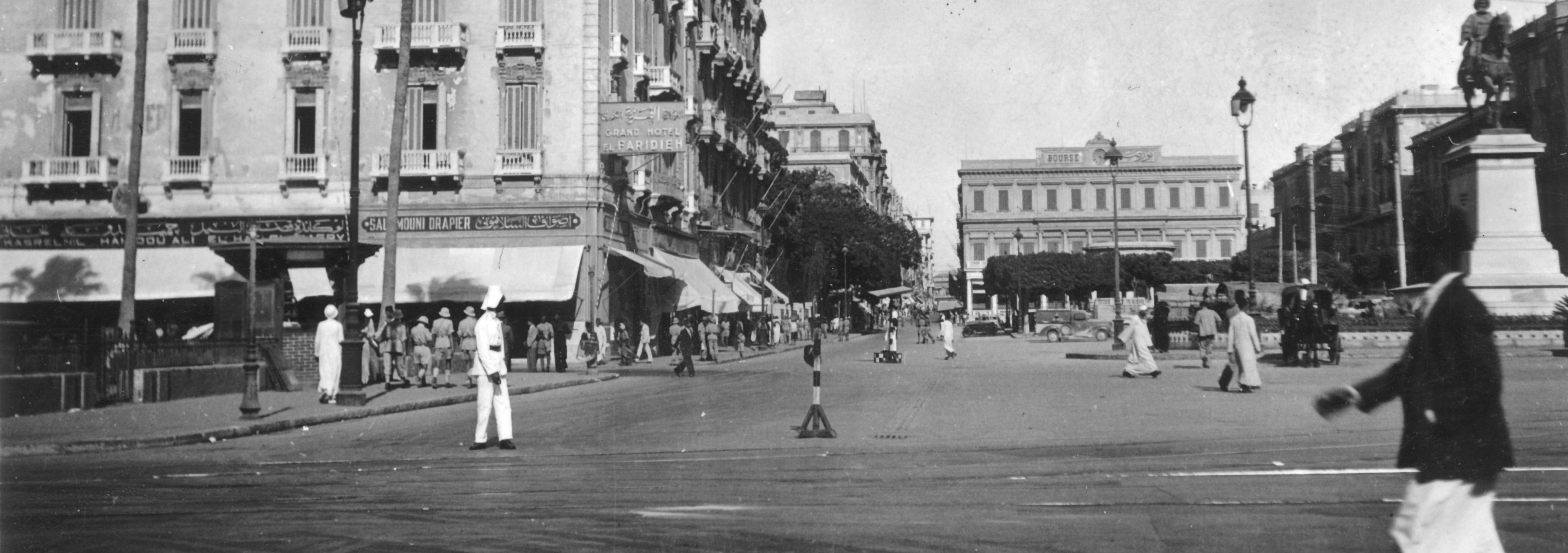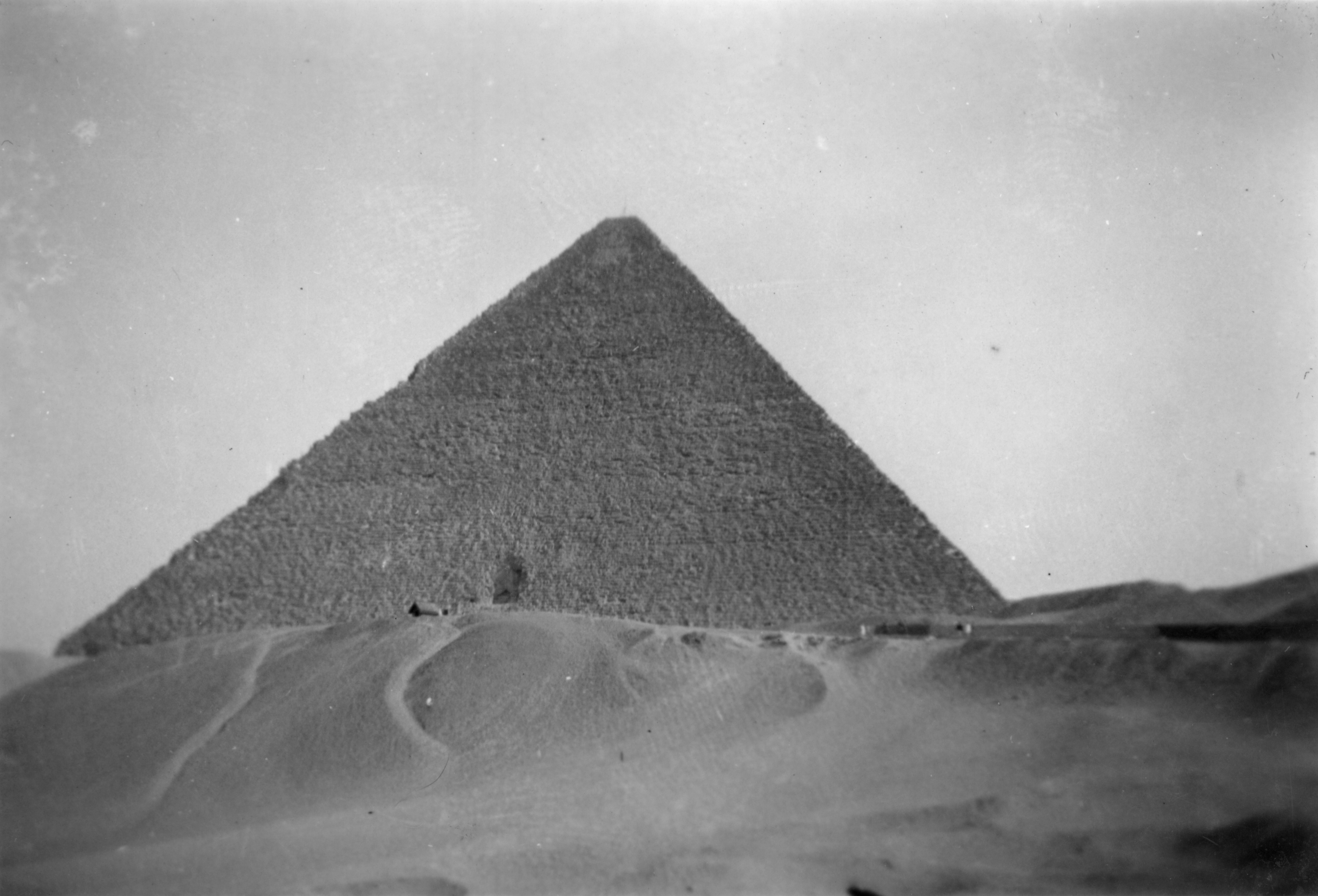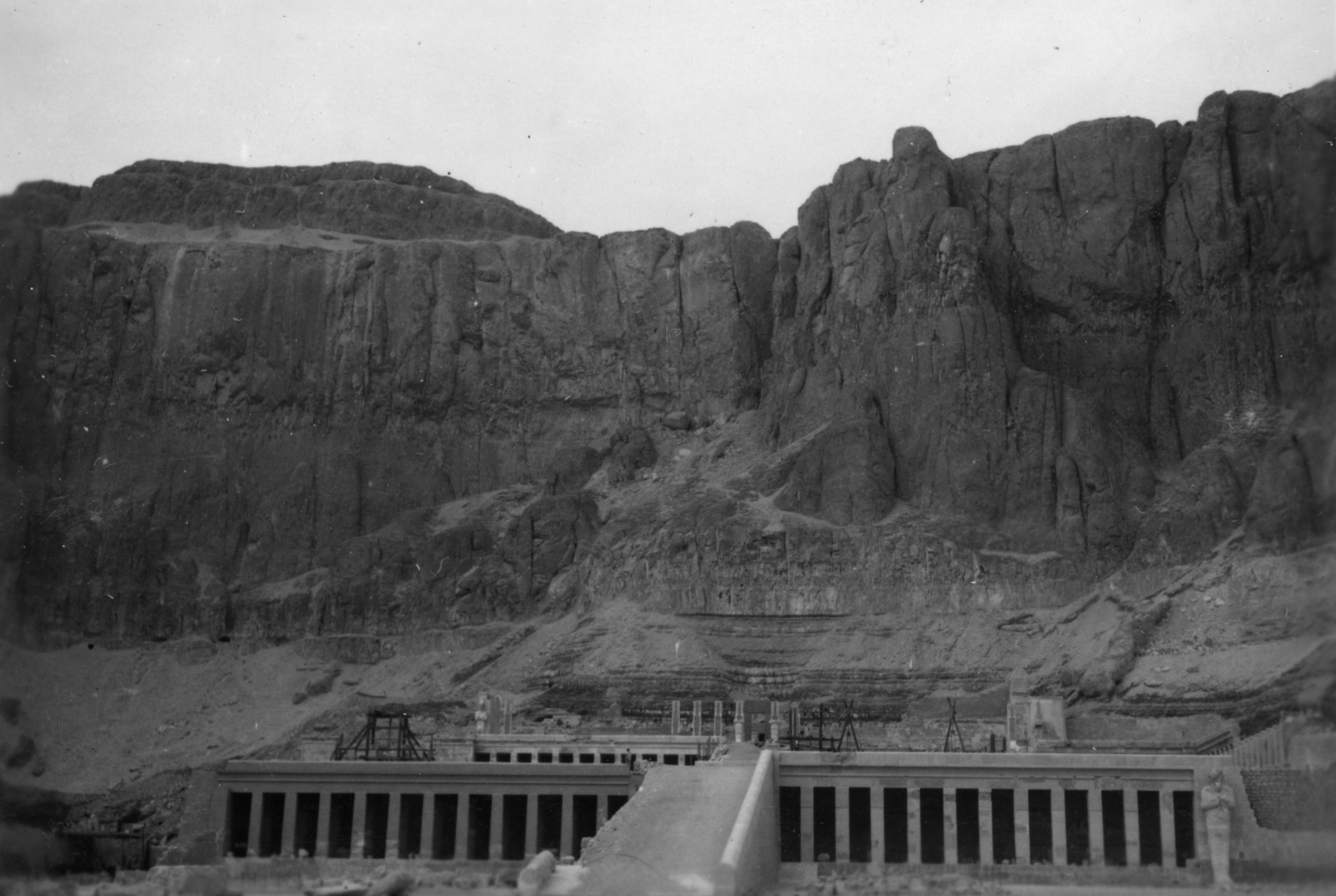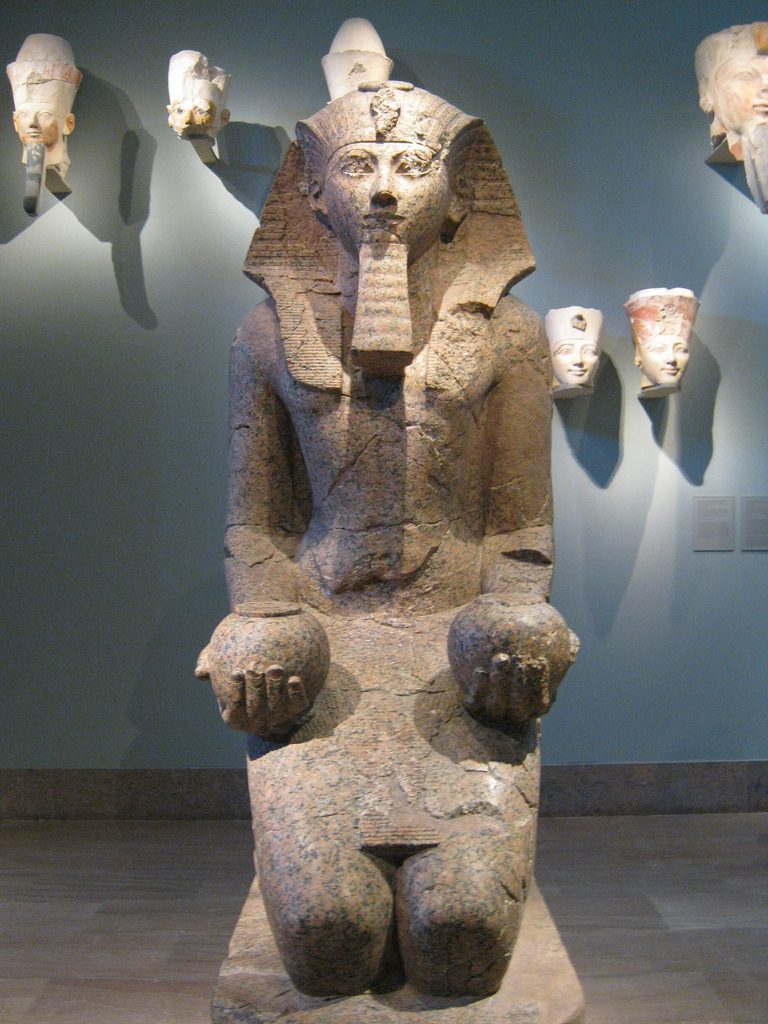Each time I’ve looked at this photo of Lieutenant-General Thomas Blamey handing out Aquatic Sports Trophies to members of the AIF, I’ve thought I should blog about it. The photo is one of many in my father’s collection that he brought back from the Middle East in 1942, though this one was not taken by him. Similar images of this trophy ceremony in Kantara, on the eastern side of the Suez Canal in Egypt, are available on the the Australian War Memorial site, which suggest that the photo was taken on the same day, 30th August 1941. This week’s WordPress photo challenge, ‘Gathering’, gives me a reason to send it out into the world. I like looking at the individuals in the gathering who are watching Lieutenant-General Blamey giving his speech and congratulating the winners. They’re clapping, smoking and taking photos, but in particular they’re laughing. He must have cracked a good joke!
Later he became Field Marshal Sir Thomas Blamey, and here in Canberra he has a square named after him, the Field Marshal Sir Thomas Blamey Square. A mouthful.

Thanks WordPress for the Gathering photo prompt!

